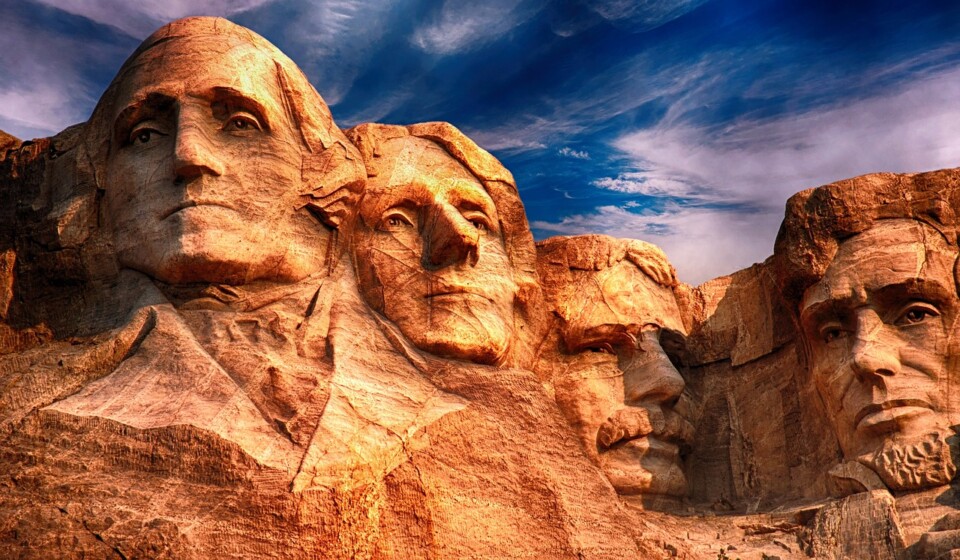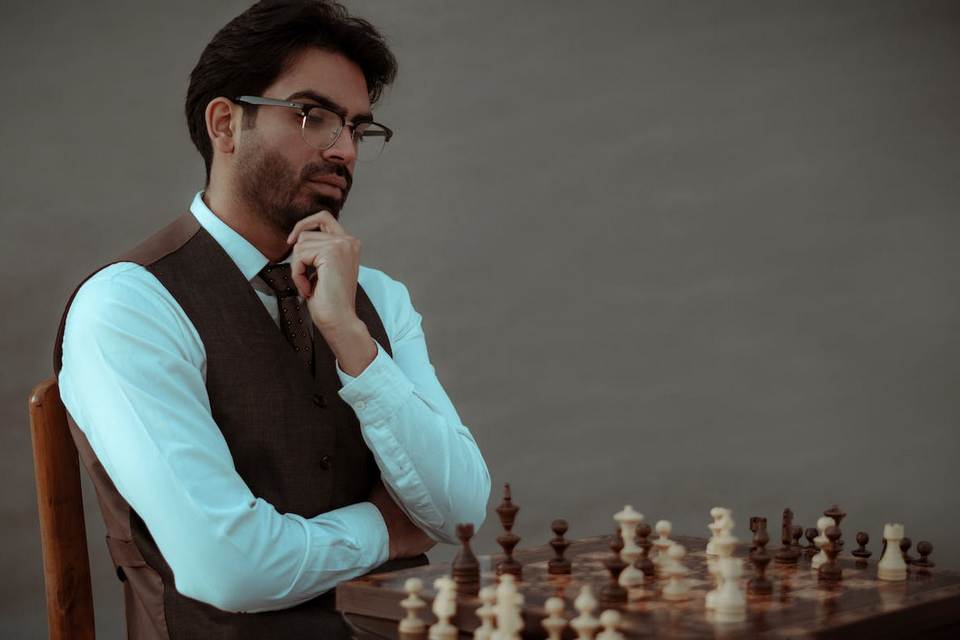Last Updated on April 3, 2024 by Ranking
Every business day, courts across the United States issue rulings that collectively affect many thousands of people. Americans’ confidence in the rule of law and the American legal system could not have been more effectively demonstrated. The American legal system has several layers, probably more than in most other countries.
The Constitution gave Congress the power to make laws. Executive power, in turn, was entrusted to the President. Laws passed by one of the 50 state legislatures apply only to citizens of that state or outsiders who live or do business there. A law may be unconstitutional because it violates rights guaranteed by the Constitution.
Under President George Washington, the entire executive branch consisted of the President, Vice President, and the Departments of State, Treasury, War, and Justice. As the nation grew, executive power grew with it. There are currently 15 cabinet-level departments. Each one houses several offices, agencies and other entities.
Sometimes courts interpret the law differently. For example, the Fifth Amendment to the Constitution includes a clause that states that “[no] person… shall be compelled in any criminal case to be a witness against himself.” In United States v. Balsys, 524 U.S. 666 (1998), the Supreme Court ruled that the fear of prosecution abroad was beyond the scope of the self-incrimination clause.
In the 13th and 14th centuries, “courts of equity” were established. These tribunals have developed fair measures, such as concrete results. By the 19th century, most American jurisdictions had eliminated the distinction between law and equity. With limited exceptions, U.S. courts may grant legal or equitable relief.
Michael Jay Friedman: The American dual system is one of the most important, interesting, and perhaps most confusing features of the American judiciary. Each level of government (state and national) has its own set of courts. Some legal problems are resolved entirely in state courts, while others are resolved in federal courts. Still others may attract the attention of both sets of tribunals, which sometimes causes friction.
The Supreme Court first met on Monday, February 1, 1790, in New York. The first chief justice was John Jay of New York. During the first decade of its existence, the Supreme Court decided only about 50 cases. George Washington, the first president of the United States, appointed the first Supreme Court justices.
Since 1935, the Supreme Court has had its own building in Washington. The term of office of the Court is divided into sessions lasting approximately two weeks each, during which it holds public sessions and internal deliberations and recesses. Oral presentations are usually organized from Monday to Wednesday.
Currently, U.S. district courts serve the 50 states, the District of Columbia, Guam, Puerto Rico, the Virgin Islands and the Northern Mariana Islands. One judge was assigned to each of the original district courts. As the population and the number of legal proceedings grew, Congress had to periodically add judges.
In state courts, law officers, if any, are located in intermediate courts of appeals and courts of last resort. Most state trial courts do not employ clerks, and clerks are virtually unheard of in local trial courts with limited jurisdiction. As with federal courts, the vast majority of cases are civil, although criminal cases often receive the most publicity.
Once the defendant is charged, the trial is conducted by a U.S. district judge. In court, a defendant enjoys all the privileges and immunities granted by the Bill of Rights. The government cannot appeal an acquittal, but convicted defendants can appeal if they believe the judge or jury made the wrong legal decision.
The legal department of a large company also serves as a liaison with external counsel. Most lawyers in the country work in the lower hemisphere of the legal profession in terms of prestige. Government lawyers work at all levels of the judicial process, from trial courts to the highest state and federal appellate courts.
For example, during the civil rights movement of the 1950s and 1960s, public interest lawyers not only litigated major civil rights issues; they also defended African Americans and civil rights activists who had difficulties with local authorities. In this way, interest group lawyers performed many of the functions of a specialized legal aid society.
An arraignment is a process in which a defendant appears before a judge. The most common confessions of guilt and innocence. The accused may also plead not guilty by reason of insanity, or “nolo pretendere” (Latin: no contest).
The lightest penalty a judge can impose is probation. If the offender serves probation without incident, the criminal record is usually expunged. In an effort to eliminate glaring sentencing disparities, the federal government and many states have attempted to develop sets of precise guidelines.
Final arguments. After presenting all the evidence, the lawyers present their closing arguments, or summaries, to the jury. The jury retires to a secluded room to deliberate. Members must render a verdict without outside contact. The plaintiff’s assessment is based on the preponderance of the evidence.
Julian Zelizer: Senate rules require the Judiciary Committee to consider all federal nominations. He says the committee holds hearings on all nominations, during which witnesses are questioned and deliberations take place behind closed doors. Zelizer claims that for candidates for the courts of appeals – and certainly for candidates for the Supreme Court – a hearing before the committee is a serious procedure.
At the appellate court level, there is also a period of first-grade socialization. During the transition period, district judges speak less often on behalf of the court than their more experienced colleagues. On the Supreme Court, senior associates play a key role in imparting the Court’s core principles and values to novice judges.
In some states, retirement benefit plans for judges whose seniority exceeds the required length of service are limited. Retirement plans are of little use in the case of a junior lawyer who is incompetent, corrupt or unethical. States used procedures such as impeachment, recall elections, and concurrent resolutions of the legislature to remove these judges.
The president can influence judicial policy making through the actions of the Justice Department. The president may propose regulations that have a direct impact on the courts. Many court decisions are actually implemented by various departments, agencies, bureaus, and committees of the executive branch. State and federal officials are often responsible for implementing judicial policy.
the actual enumeration shall be made within three years from the first meeting of the U.S. legal overview. The number of representatives shall not exceed one per thirty thousand, and each state shall have at least one representative. The United States Senate will be composed of two senators from each state [elected by the legislature] for six-year terms. The Vice President of the United States is President, but has no vote unless the votes are equally divided.
Congress shall make no law respecting an establishment of religion, or prohibiting the free exercise thereof. No Soldier shall be quartered in any house in time of peace without the consent of the Owner. Excessive bail may not be requested, excessive financial penalties may not be imposed, or cruel and unusual punishment may be imposed.
Then, when the President transmits to the President pro tempore of the Senate and the Speaker of the House of Representatives a written declaration that he is not disabled, he shall restore the powers and duties of his office. The Congress shall then decide the matter, meeting for that purpose within forty-eight hours, unless in session. If the Congress, within twenty-one days after receipt of this last written declaration, determines by a two-thirds vote of both houses that the President is unable to exercise his powers.
Compensation. Money paid by defendants to plaintiffs who win civil cases to compensate the plaintiffs for their injuries. Ex post facto law. This law, prohibited by the U.S. Constitution, criminalizes conduct once it occurs. Impeachment of a government official. The only way a federal judge can be removed from office.
An impressive challenge. An objection an attorney may have to a potential juror. Practice. A punishment for a crime that allows the perpetrator to remain in society and get out of prison. Restraint. A judge’s reluctance to bring into the case his or her personal views on what is right and wrong in public policy.




